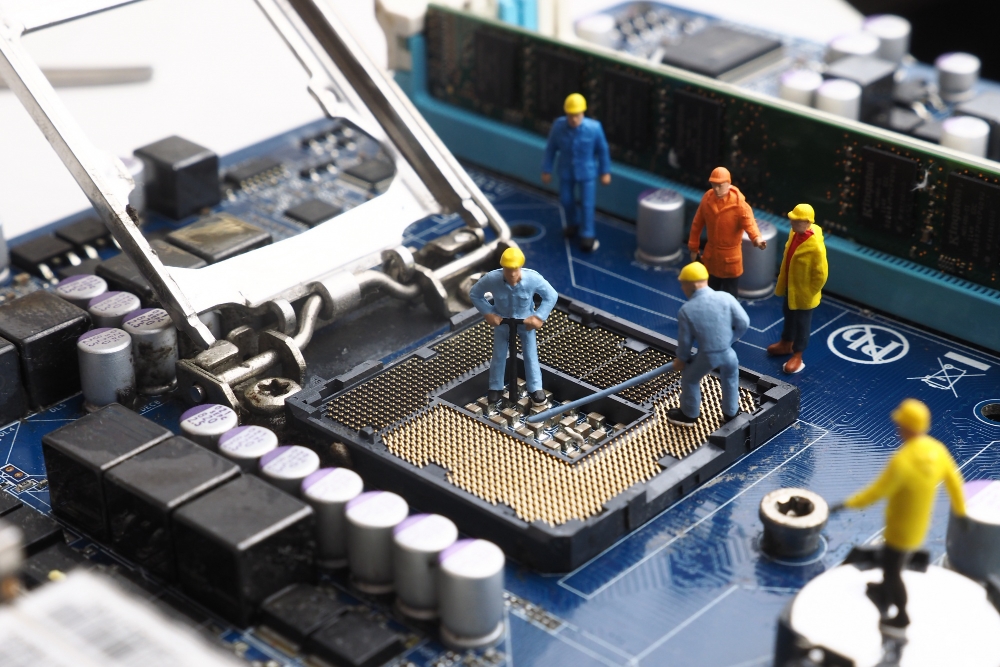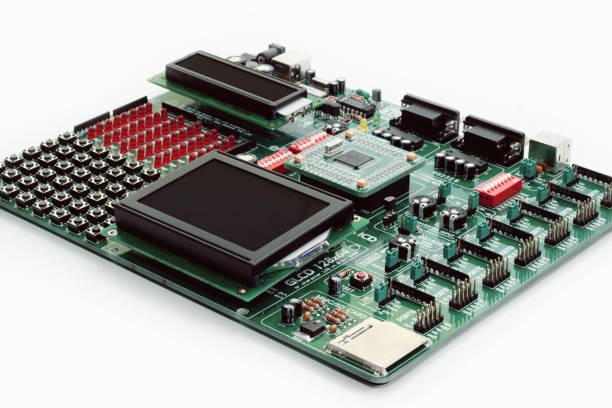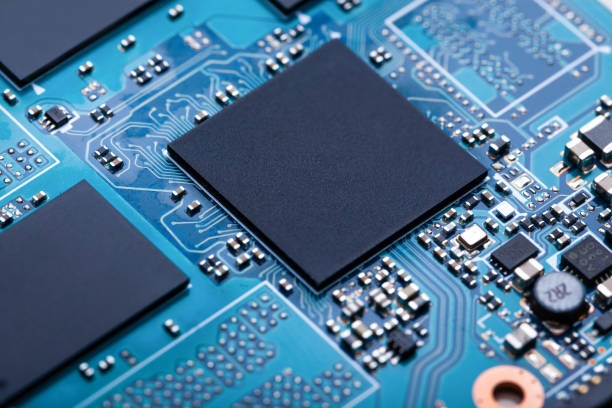Mastering microcontroller (MCU) design requires understanding key circuits that ensure reliable operation. This article covers nine fundamental circuits critical for MCU-based systems, tailored for hardware engineers and embedded systems developers.
1. Pull-Up Resistor Selection
Pull-up resistors stabilize MCU input pins, but their value must be chosen carefully. For example, in a reset circuit, a 10k¦¸ resistor on the RST pin may result in a high logic level, keeping the MCU in a constant reset state due to leakage current through an internal transistor. A smaller resistor, like 50¦¸, ensures a low level, allowing normal operation.
Guidelines for pull-up/pull-down resistors:
- Large resistors (e.g., 10k¦¸) reduce power consumption but may weaken the signal.
- Small resistors (e.g., 1k¦¸) provide stronger drive but increase current.
- For high-speed circuits, overly large resistors may slow signal edges.
Typical values range from 1k¦¸ to 10k¦¸. Pull-up resistors are also used for level shifting, open-collector outputs, enhancing I/O drive, and stabilizing floating pins.
2. LED Series Resistor Calculation
LEDs require a current-limiting resistor to prevent damage. For a red SMD LED (1.6V¨C2.4V, 2¨C20mA), brightness stabilizes above 5mA. To calculate the resistor for a 5V supply:
R = (Vsupply - VLED) / ILED
For VLED = 2V, ILED = 5mA: R = (5V - 2V) / 0.005A = 600¦¸. A standard 680¦¸ resistor is often suitable.
3. Port Expansion
When MCU I/O pins are insufficient, expansion chips like the 74HC138 3-to-8 decoder can extend functionality. This chip converts a 3-bit input into one of eight outputs, enabling control of additional peripherals with minimal pins.
4. Filter Capacitors
Filter capacitors smooth power supply noise and stabilize voltage. They include:
- High-Frequency Capacitors: Typically 0.1¦ÌF (104) ceramic capacitors, placed between power and ground pins of ICs to suppress high-frequency noise (e.g., electrostatic interference).
- Low-Frequency Capacitors: Electrolytic capacitors (e.g., 100¦ÌF) near power inputs or high-power components (e.g., USB ports, stepper motors) to reduce ripple and store energy. Their voltage rating should be at least twice the system¡¯s maximum voltage.
5. Transistor Applications
Transistors, typically NPN or PNP, serve multiple roles in MCU circuits:
Switching
A transistor can act as a switch. For example, an NPN transistor conducts when its base is driven low, turning on an LED. The base resistor is calculated as: R = (Vsupply - VBE) / (IC / ¦Â), where VBE ¡Ö 0.7V, IC is collector current, and ¦Â (current gain) is typically 100.
Amplification
Transistors amplify signals, with collector current approximately 100 times the base current.
Level Shifting
A transistor can convert logic levels. For example, a high base signal grounds the collector (low output), while a low base signal results in a high output via a pull-up resistor.
6. Seven-Segment Display
Seven-segment displays form digits using segments labeled a, b, c, d, e, f, and g, plus a decimal point (dp). Each segment is controlled by an MCU pin, with a truth table defining the segment states for each digit.
7. Current and Voltage Driving
MCUs have limited output current capacity. For heavy loads, driver chips like the 74HC245 buffer amplify signals, ensuring sufficient drive for multiple peripherals.
8. Crystal Oscillator and Reset Circuits
Crystal Oscillator
The crystal oscillator provides the MCU¡¯s clock signal. Common frequencies include 6MHz, 12MHz, 11.0592MHz, or 20MHz, chosen based on system requirements. Two 10¨C30pF capacitors (typically 20pF) are connected to ground for stability. To test, measure the voltage across the crystal pins with a multimeter (red probe on crystal, black on ground).
Reset Circuit
The reset circuit initializes the MCU¡¯s registers to a known state. For 51-series MCUs, reset requires approximately two machine cycles (consult the datasheet). Reset is achieved using a dedicated chip or an RC circuit, with component values calculated based on timing requirements.
9. Key Debouncing
Mechanical keys produce bounce (rapid on-off transitions) when pressed or released, causing erratic MCU readings. Debouncing can be addressed in two ways:
- Software Debouncing: After detecting a key press, the MCU delays 5¨C10ms and rechecks the key state. If still pressed, the input is confirmed.
- Hardware Debouncing: A capacitor across the key shorts high-frequency bounce signals to ground.
Conclusion
These nine circuits¡ªpull-up resistors, LED resistors, port expansion, filter capacitors, transistors, seven-segment displays, drivers, crystal oscillators, reset circuits, and debouncing¡ªare foundational for MCU designs. Understanding their principles and applications enables engineers to build robust, efficient embedded systems.
 ALLPCB
ALLPCB







